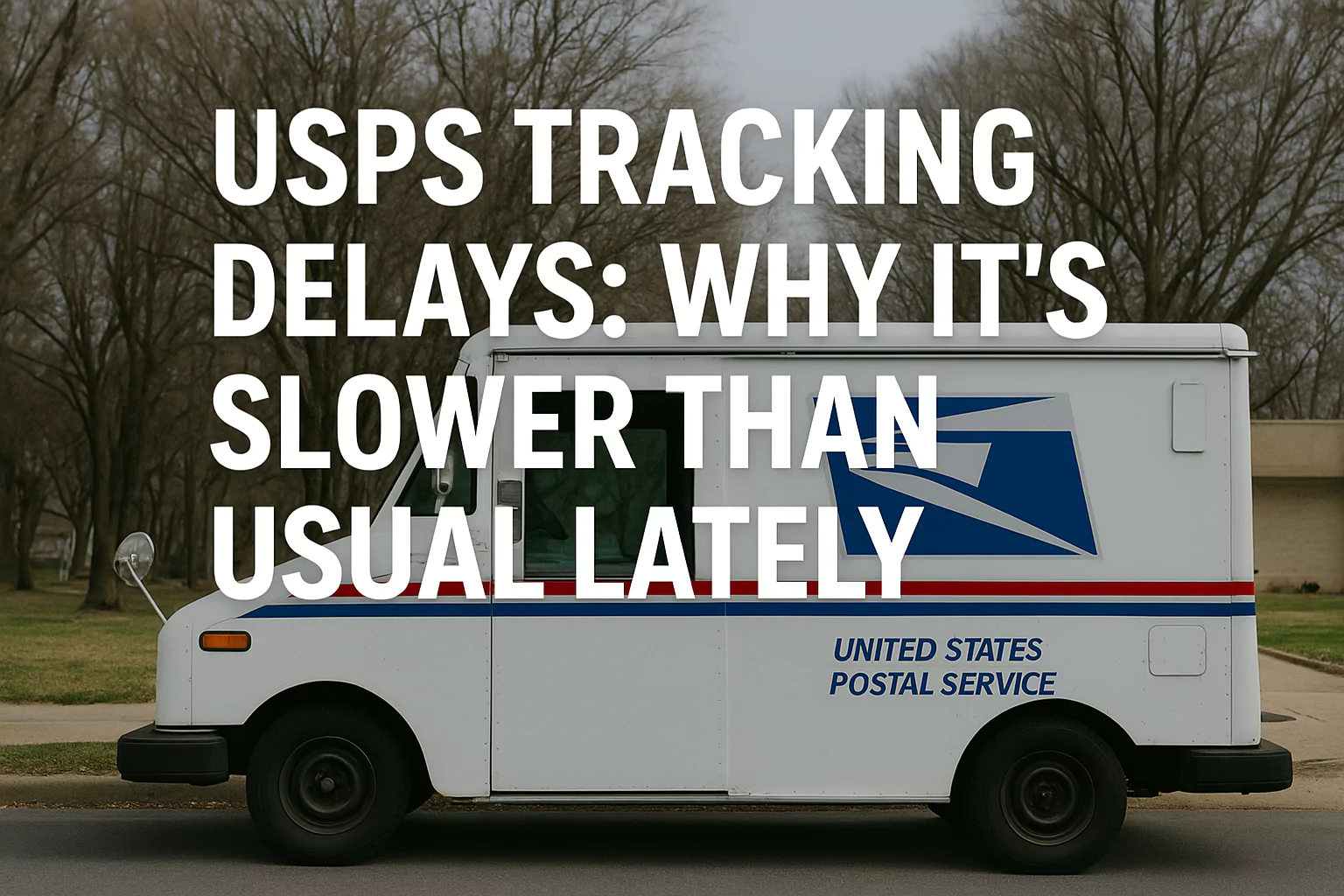Cloud Reset Insights: What CIOs Are Learning in Practice

The cloud reset is reshaping how organizations deploy, manage, and optimize cloud technologies. CIOs leading this transformation are learning critical lessons from real-world deployments that go beyond theoretical strategies. These insights include the importance of cost control, security reinforcement, operational agility, and cultural change. Understanding these practical lessons enables CIOs to steer their organizations toward successful cloud adoption and long-term digital resilience.
What Is a Cloud Reset and Why Is It Important?
A cloud reset refers to the strategic reevaluation and reconfiguration of an organization’s cloud environment. Many companies initially rushed to adopt cloud solutions during digital transformation pushes but now face challenges like ballooning costs, fragmented architectures, and security gaps. A cloud reset involves reassessing cloud strategies, optimizing workloads, renegotiating vendor contracts, and improving governance.
For CIOs, the cloud reset is vital because it allows them to fix early mistakes, adapt to changing business needs, and maximize cloud investments. The process is not just technical but organizational, requiring collaboration between IT teams, finance, and business units.
Key Lessons CIOs Are Learning from Real-World Cloud Resets
1. Cloud Cost Management Is a Continuous Process
One of the most immediate insights CIOs gain during cloud resets is that cloud cost control is not a one-time effort. Costs can quickly spiral out of control due to overprovisioning, unused resources, and complex pricing models. CIOs learn to implement continuous cost monitoring and leverage tools like FinOps (Financial Operations) practices. This means fostering a culture where IT and finance work closely to track usage, forecast expenses, and optimize spending regularly.
2. Security Must Be Embedded, Not an Afterthought
Real-world deployments reveal that security in cloud environments must be proactive and integrated at every layer. CIOs discover that relying solely on cloud providers’ default security features is insufficient. Instead, a shared responsibility model between cloud providers and organizations requires continuous threat monitoring, identity and access management, and encryption strategies tailored to the business context.
3. Operational Agility Drives Competitive Advantage
Through cloud resets, CIOs see that cloud adoption isn’t just about infrastructure—it’s about enabling faster innovation. By embracing cloud-native tools, automation, and DevOps practices, organizations can accelerate development cycles and respond rapidly to market changes. This operational agility has become a key competitive differentiator, allowing CIOs to champion transformation initiatives confidently.
4. Hybrid and Multi-Cloud Strategies Are Becoming the Norm
CIOs are learning that no single cloud vendor can meet all their needs perfectly. Real-world cloud resets often lead to hybrid and multi-cloud architectures, where workloads are distributed across public clouds, private clouds, and on-premises systems. This approach offers flexibility, risk mitigation, and optimized performance but requires sophisticated management and interoperability strategies.
5. Change Management and Culture Are Critical Success Factors
Technology changes alone cannot ensure a successful cloud reset. CIOs recognize the importance of change management—engaging stakeholders, retraining staff, and fostering a cloud-first mindset. Cultural resistance is often the biggest barrier, so effective communication and leadership buy-in are essential.
6. Governance and Compliance Require Renewed Focus
As organizations scale cloud deployments, governance frameworks must evolve. CIOs learn that compliance with industry regulations and internal policies demands clear visibility into data flows, access controls, and audit trails. Cloud resets provide an opportunity to implement governance models that balance innovation with risk management.
Common Challenges CIOs Face During Cloud Resets
While the benefits are significant, CIOs encounter various hurdles when executing cloud resets:
- Legacy System Integration: Ensuring seamless connectivity between old systems and new cloud services can be complex and time-consuming.
- Skill Gaps: Finding and retaining cloud talent with expertise in architecture, security, and automation remains a challenge.
- Vendor Lock-In Risks: Balancing dependence on specific cloud providers with portability concerns requires careful planning.
- Data Migration Issues: Moving large volumes of data securely and efficiently demands robust strategies and tools.
By anticipating these challenges, CIOs can prepare mitigation plans and partner with vendors or consultants as needed.
Best Practices for a Successful Cloud Reset
To maximize the success of a cloud reset, CIOs can adopt several best practices:
Conduct a Thorough Cloud Assessment
Start with a comprehensive audit of current cloud assets, usage patterns, and costs. Identify redundancies, underutilized resources, and security gaps.
Define Clear Objectives and KPIs
Set measurable goals aligned with business priorities—whether reducing costs, improving security, or accelerating innovation.
Engage Stakeholders Early and Often
Include finance, legal, operations, and business units to ensure broad support and alignment.
Invest in Automation and Monitoring Tools
Leverage cloud management platforms to automate provisioning, enforce policies, and monitor performance and security.
Prioritize Training and Culture Change
Provide ongoing education and encourage collaboration to build cloud competency across teams.
Establish Governance Frameworks
Develop policies that ensure compliance, data protection, and operational standards.
The Future of Cloud Resets: What CIOs Should Expect
As cloud technologies evolve, CIOs will continue refining cloud resets. Emerging trends include:
- Greater adoption of AI and machine learning for predictive cloud management.
- Expansion of edge computing to complement centralized cloud resources.
- Enhanced focus on sustainability and energy-efficient cloud operations.
- More sophisticated cybersecurity frameworks incorporating zero-trust models.
CIOs who embrace continuous learning and agility will lead their organizations successfully through ongoing cloud transformations.
Conclusion
Cloud resets are no longer optional but essential for organizations seeking to optimize their cloud investments and maintain agility in a rapidly changing digital landscape. CIOs leading these resets gain valuable real-world insights that help control costs, enhance security, foster innovation, and manage complexity. By prioritizing continuous cost management, embedding security, adopting hybrid strategies, and driving cultural change, CIOs can transform cloud challenges into opportunities for sustained business growth.









